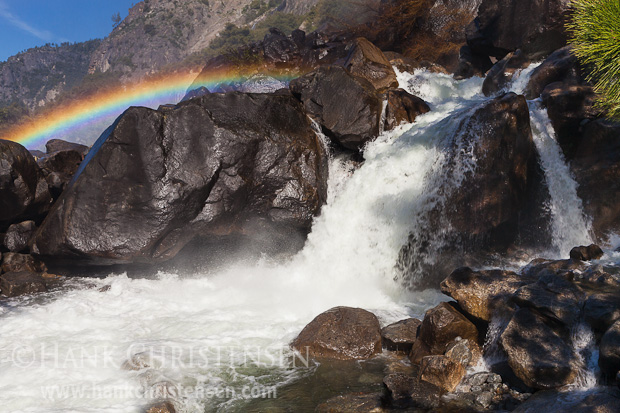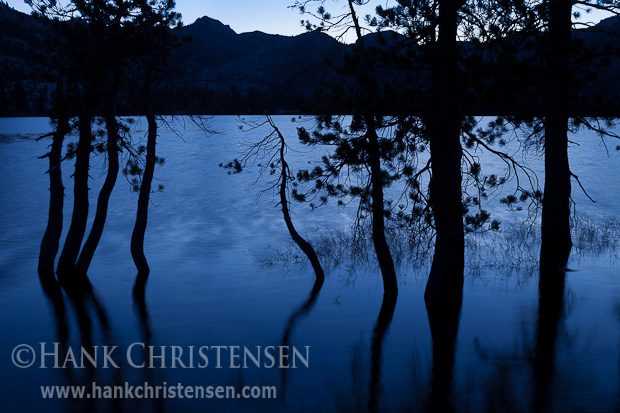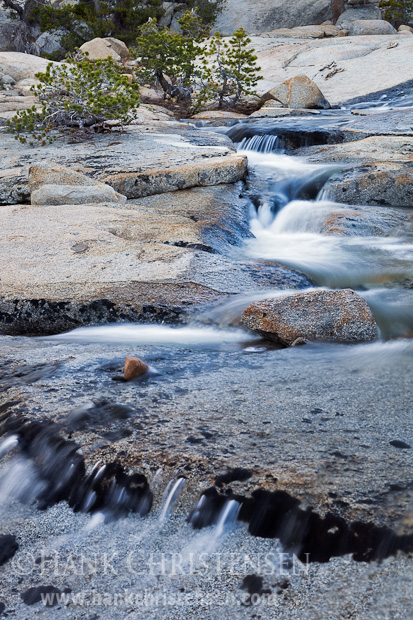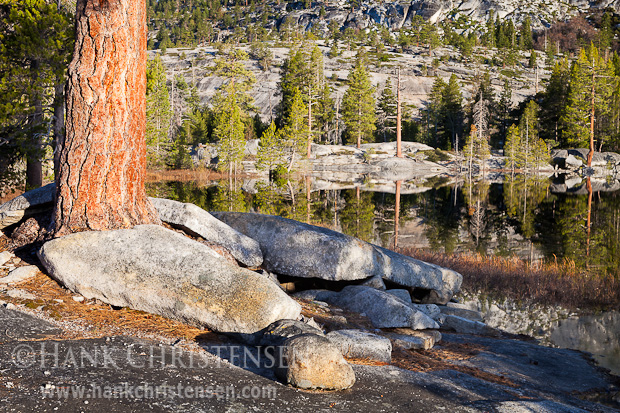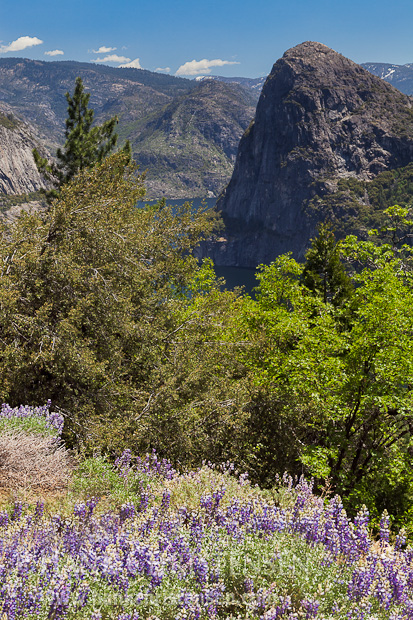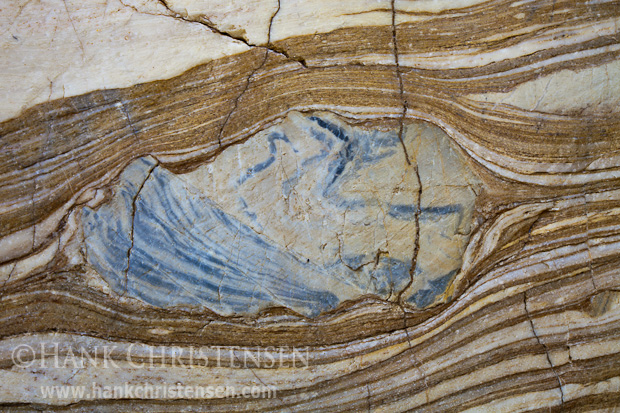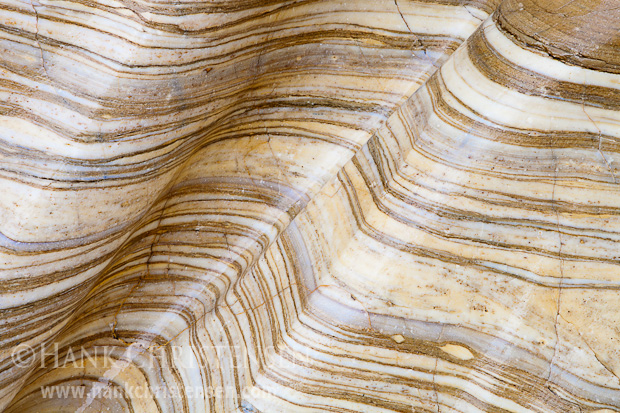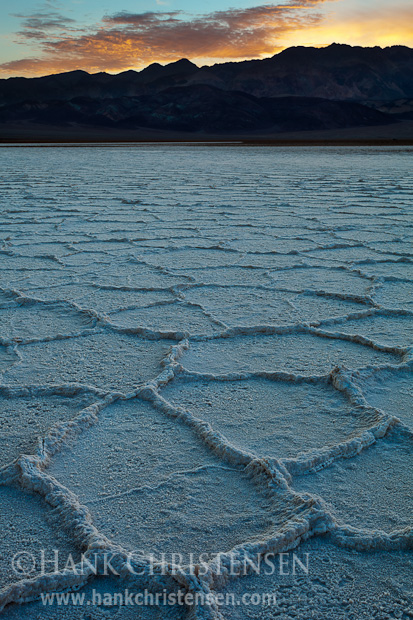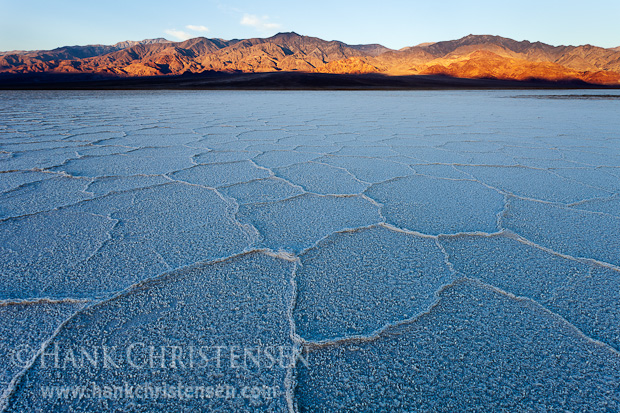A few weeks ago, I attended a landscape workshop with Jack Dykinga, co-lead by my friend Jerry Dodrill. I was able to arrive early, and spent several days before the landscape work began to check out the local wildlife.
It was a good time to shoot wildlife, because there was quite a bit of smoke in the valley from nearby forest fires, and the famous views of the mountains were more or less obscured. I was happy to quickly find many of my target species, including bison, moose, elk, and even antelope toward the end of my trip. I’m still processing many landscapes from the trip, so they’ll be coming soon. For now, enjoy some of the local fauna that I encountered during my six days in the park.
Bison
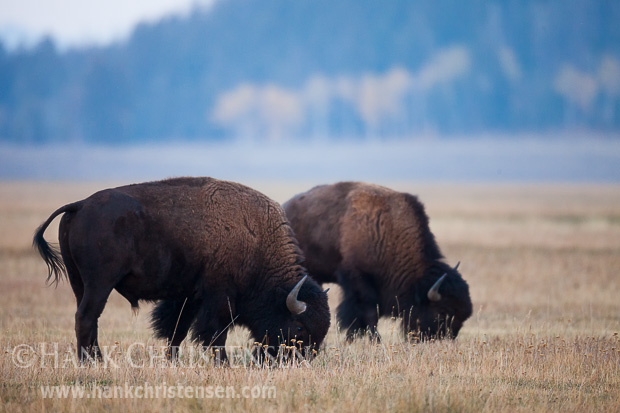
Several herds of bison could be found fairly easily. I had two extended photo sessions with two different herds, and by the end of my trip, I was driving past bison along the road without a second glance. However commonplace these animals can become over just a few days, up close and personal they are amazing beasts.
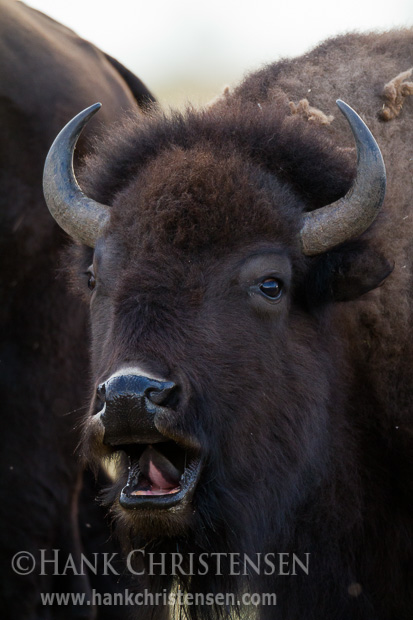
Their antics were framed by the beautiful fall colors that adorned their world. As I was watching one herd, one by one bison would drop to the ground and start to roll in the dirt, kicking up huge clouds of dust.
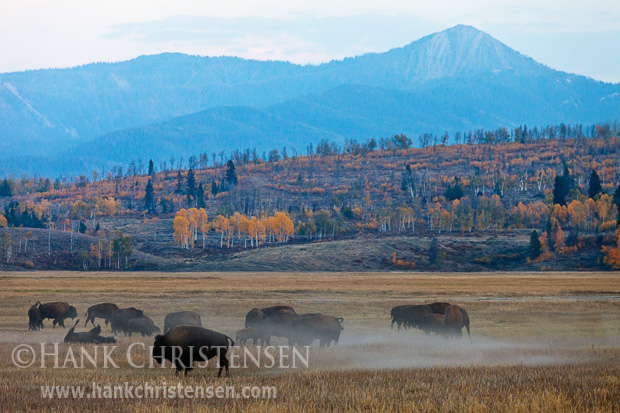
The sun finally peaked through the smoke and haze, and lit up the field in which they were grazing. I had to make sure to keep one eye on the viewfinder and one on the herd. I knew how fast they could charge if they so desired, so I stayed close to the truck at all times!
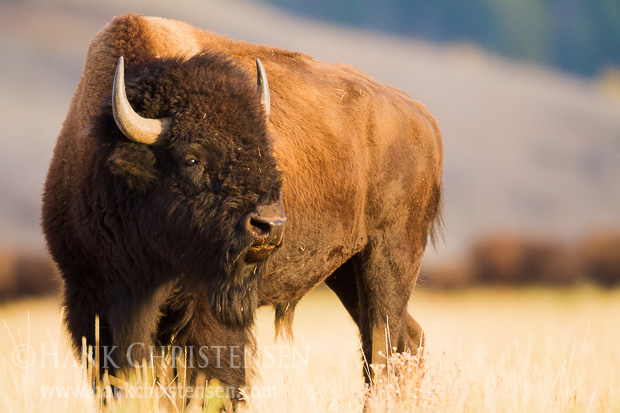
Elk
Elk were seen only in the early morning hours, when it was still very dark out for wildlife photography. In most cases, I just left my camera beside me and enjoyed the company of these graceful animals. One morning I found a buck out late, and was able to get a photo. He was swimming across a small river, and by the time I got out of the truck, we was out of the water and sauntering across a field.
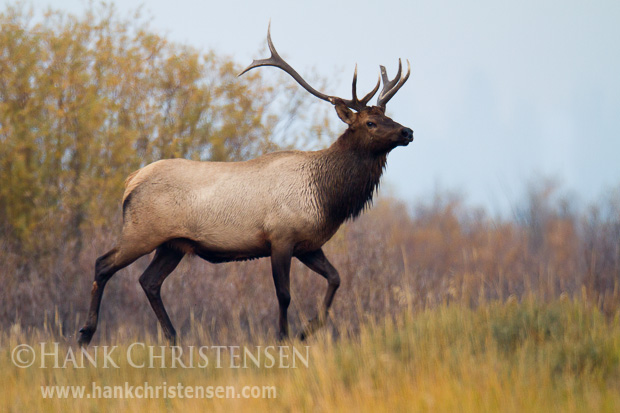
Birds
There were quite a few birds around that I don’t typically get to photograph, but to be honest, I was keeping myself very busy with landscapes and the larger mammals, so I didn’t spend any time focusing on avian photography.
While photographing oxbow bend late in the morning (sunrise saw that area completely shrouded in fog), I saw several Canada geese swimming along the shore under a beautiful grove of aspen, all in their autumn finery. I knew if I could get at the right angle close enough to one of the birds, I might get a shot of it swimming through a sea of abstracted fall color reflection.
I dropped off my landscape gear and went for my big lens. After about 20 minutes of waiting, one of them finally swam through the best color on the river, and I was ready.
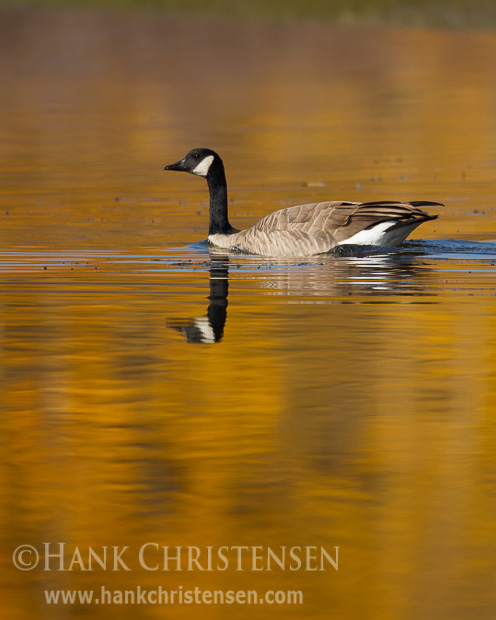
Moose
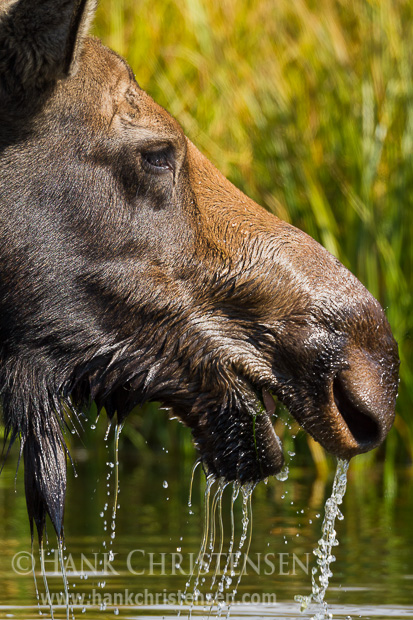
One of my most anticipated target species was moose. I had only ever seen one from a distance, and had never photographed one before. I was not disappointed by this trip! I was able to photograph moose on three occasions, some at very close range.
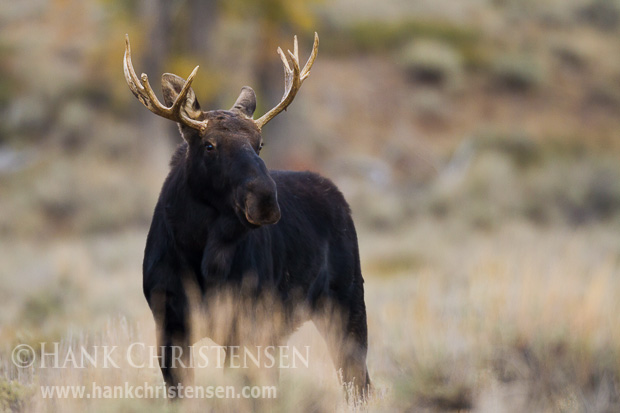
On one such occasion, I saw a bull walking across a field parallel to a small side road. I pulled over and set up my tripod. Then the moose turned in my direction, and walked directly toward me, ultimately crossing the road I was on about twenty yards away. As he was crossing the road, he stopped and posed for me, giving me the photo below:
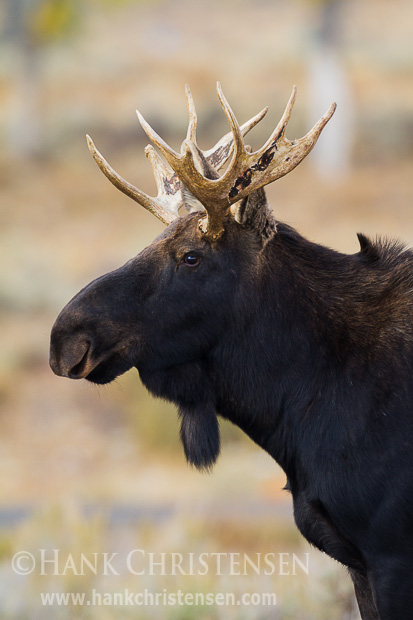
I was ready to pay him a modeling fee, but he continued on before I could get my checkbook.
Another time I spent some time with a cow and her calf, this time with about 30 other photographers. The calf quickly disappeared behind some trees, but the mother stayed out in the open.
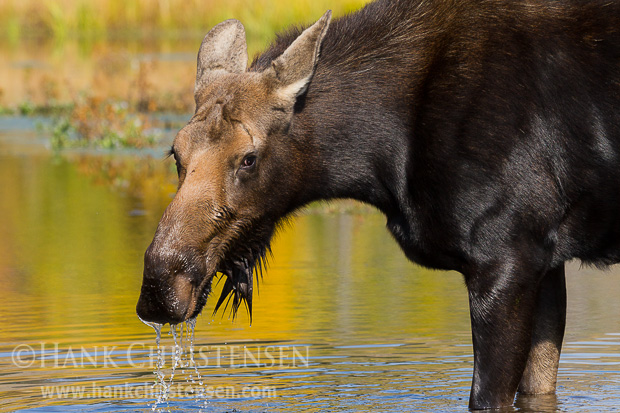
I swapped between my 100-400mm lens and my 800mm. At times the moose came so close that I was only able to get her nose and mouth in frame!
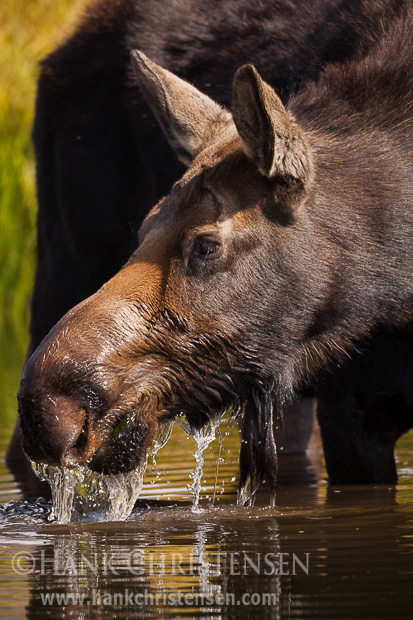
It was also rutting season, and I saw a young bull performing an interesting display. He stopped eating the branches in front of him, extended his neck and bared his teeth. I’m not sure if this display was meant for courtship (there was a female nearby), but I snapped away all the same.
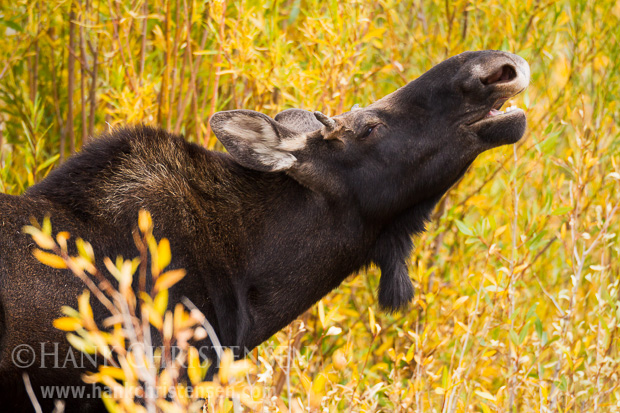
Pronghorn Antelope
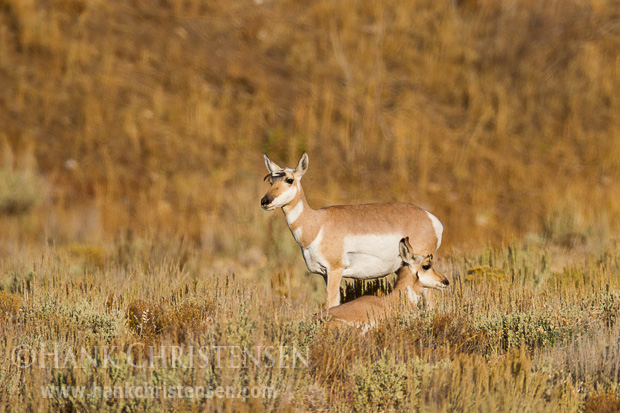
Lastly, I finally found a herd of pronghorn on my last morning in the park. Amongst the small herd was a doe with a fawn, sticking very close to each other. At one point, the fawn bedded down next to its mother, hiding itself in the grass. A few minutes later however, it popped up when some inconsiderate tourists started traipsing across the field, ignoring the many signs posted throughout the park that told them not to approach any wildlife.
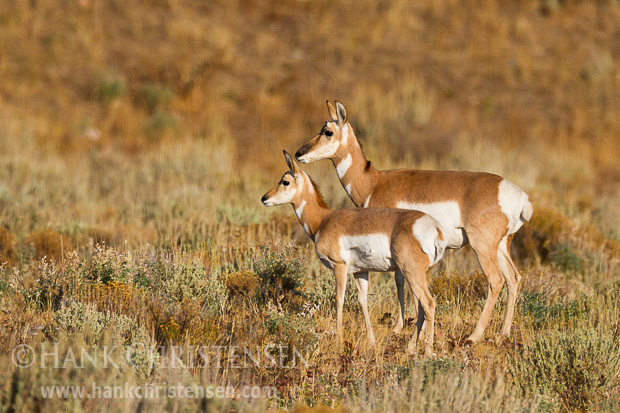
Further down the road was a solitary buck foraging along a small rise. He was kind enough to pose just long enough at the ridge line to allow the photograph below.
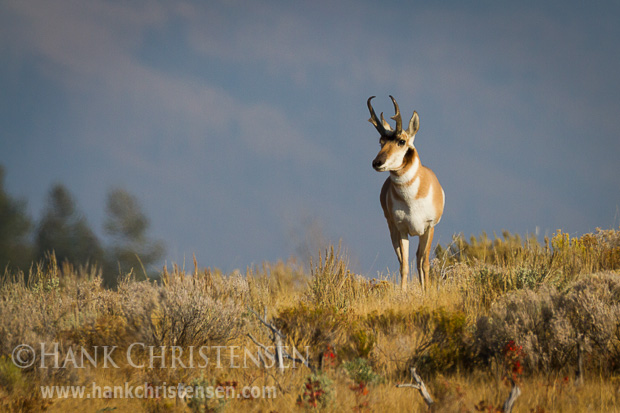
Stay tuned for more from the Grand Tetons. I had a fantastic time exploring a new landscape!

